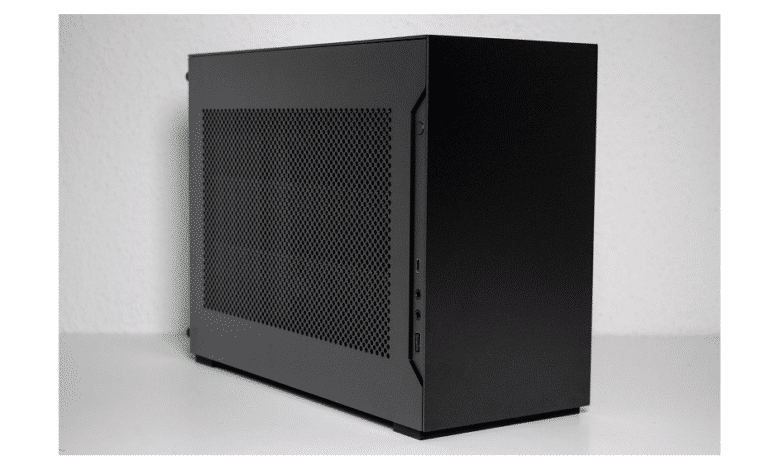
Lian Li is a manufacturer of computer cases and other computer accessories which was founded in 1983 in Taiwan. The manufacturer has made a name for itself in the hardware industry, especially with its high-quality aluminum cases. In addition to normal midi towers, SFF cases are now also part of the manufacturer’s portfolio. In February 2022, Lian Li has now presented another ITX case, which was created in cooperation with the German company DAN Cases GmbH. This company is primarily known for the particularly small A4-SFX.
The new SFF case goes under the name A4-H2O and has a volume of only 11 liters. Thus, it is a bit bigger than the DAN Cases A4-SFX, but offers space for a 240 radiator in the lid. Since effective cooling is very important in ITX cases, this could be a big advantage. As further features, Lian Li mentions a sleek look or an outer shell made of aluminum as well as support for 3-slot graphics cards. This complete package is available in stores starting at $119.99. Find out if this price is justified and how the A4-H20 performs in this review.
Technical Details
| Model: | Lian Li A4-H20 |
| Case type: | ITX |
| Dimensions: | 140 mm (W) x 244 mm (H) x 326 mm (D) |
| Weight: | 3.5 kg |
| Material: | Aluminum, steel |
| Color: | Black |
| Front connectors | 1x USB 3.2 Type-C, 1x USB 3.0 Type-A, 1x headphone, 1x microphone |
| Drive bays: | 1x 2.5″ (internal) |
| Expansion slots: | 3x vertical |
| Shape factors: | ITX |
| Ventilation: | Lid: 2x 120 mm |
| Radiators: | Lid: 1x 240 mm |
| Max. CPU cooler height: | 55 mm |
| Max. Graphics card length: | 321 mm |
| Max. Net part length: | 100 mm |
| Maximum depth lid radiator + fan | 55 mm |
| Price: | $119.99 (PCIe 3.0), $154.99 (PCIe 4.0) |


Scope of delivery
Lian Li packages the A4-H2O extremely unobtrusively in a brown cardboard box, which, other than the name, does not reveal any other technical specifications or product images of the case. Inside the box, Lian Li has wrapped the A4-H2O with a plastic sheet and two normal styrofoam blocks. The accessories are also spartan. They are placed in a plastic bag, which is attached to the interior with a cable tie. The bag only contains 12 screws (4x power supply, 4x mainboard, 4x 2.5″ data carrier) and two black cable ties.
Exterior impression
A case could hardly be simpler than the A4-H2O from the outside. All panels are made of 1.5 to 2 millimeter thick aluminum, have been anodized black and have an angular design. But let’s start with the inspection in the front. As with many SFF cases, this is completely closed on the A4-H20. To remove the panel, all it takes is a quick jerk to release the push pins from their mounts. There is hardly anything exciting to discover behind the front panel. Only a large opening for mounting large graphics cards is present here.
The panel in the lid, on the other hand, has numerous small holes that should allow warm air to escape from the interior. The top panel also has push pins and can therefore be easily removed. Below the panel, a special chamber and a modular mounting frame can be seen. The latter is used to mount two 120 millimeter fans or a 240 radiator and can be removed by removing four screws.
Both side panels are also made of anodized aluminum and also feature push pins for attachment to the body. In addition, Lian Li has given the A4-H20 two thumbscrews per side. Since ventilation is particularly important in a compact ITX case, the focus was also placed on airflow-friendly perforations during development. However, there are no dust filters behind the grille. Lian Li has also placed the I/O panel on the left side of the case. This has a USB 3.2 Type-C as well as a USB 3.0 Type-A port and one port each for headphones and microphone.
On the back of the A4-H20, we can see for the first time what layout we will find inside. On the right side, the manufacturer has placed the opening for the I/O shield. To the left of it are three vertical expansion slots, which have been covered with reusable bezels. Above that, there is then the socket for the power plug and the logos of the manufacturers Lian Li and DAN Cases.
There are no big surprises on the bottom. The A4-H20 stands on two thick rubber strips, each of which is attached to the floor with two screws. This helps to protect the base from scratches and reduces the transmission of vibrations. Furthermore, you’ll find some elongated ventilation openings in the base and a mounting point for a 2.5″ SSD inside. If necessary, the base plate can also be partially removed.
As you could expect for a case from Lian Li or DAN Cases, the workmanship is virtually perfect. The painting or anodizing of all parts leaves no room for complaint and the material thickness is also well chosen.
Interior impression
For the interior, Lian Li or DAN Cases have opted for the typical sandwich layout. Thus, the interior has two chambers, which are separated by the motherboard tray. An ITX mainboard and an SFX power supply can be accommodated in the left chamber. The PSU is attached via a modular frame, which can be reattached to the body after assembly. In addition, the mainboard tray has a cutout for subsequently attaching a backplate to the motherboard.
The right chamber provides space for a 3-slot graphics card and for housing remaining cables of the power supply. The connection between the graphics card and the motherboard is made via a PCIe 3.0 riser cable. The riser cable’s socket cannot be repositioned. In addition, the black power cable runs from the rear end of the case to the PSU’s mounting spot in the right chamber. The I/-O panel’s cables have also been designed in black.
Above the chambers, you can also discover a third chamber. This serves as a mounting place for a 240 mm radiator or two 120 mm fans. If necessary, this chamber can also be removed completely. However, numerous screws and the power supply frame have to be removed for this. However, this disassembly is not necessary due to the modular radiator frame.
Unfortunately, there is hardly any space for mounting data carriers in the A4-H20. Thus, only a single 2.5″ HDD or SSD can be mounted in the bottom. The mounting is decoupled via rubber rings and four oblong screws, which have to be screwed into the HDD from below. So, with this SFF case, the buyer should rather focus on M.2 storage.
System build in the Lian Li A4-H20
Now we come to the system build. For hardware, we are using an AMD Ryzen 7 3700X on a Gigabyte B450 I Aorus Pro WIFI with Crucial Ballistix Sport LT gray 32 GB DDR4-3000. The Ryzen is cooled by the Xilence LiQuRizer LQ240 AiO water cooling and runs at standard clock speed. A GTX 1060 6GB from Gigabte AORUS is responsible for the image output. The power supply is handled by the modular Corsair SF Series SF750 Platinum*.
Typical for an ITX case, you should think about the order of all components before installing them. Otherwise, the same thing will happen to you as it did to us and you’ll have to disassemble half the system again because something doesn’t fit. This order should roughly look like this for A4-H20:
- Mounting assembled mainboard
- Cabling mainboard
- Mounting AiO water cooling (hoses facing front)
- Fixing power supply
- Mounting and cabling graphics card
When wiring, it is important that no cables are in the upper chamber, otherwise it will not have enough space for the water cooling. If you stick to this order, then the system can be installed relatively quickly. Overall, however, it is more complicated than with a typical midi tower. With a little diligence, however, a decent system can still be configured.
In terms of the components that can be installed, the Lian Li A2-H2O can basically convince, considering the smaller internal volume. With an overall length of 321 millimeters and an allowed height of 3 slots for the pixel accelerator, you can easily accommodate even stronger cards in this case. In terms of CPU cooling, you have the choice between water and air cooling. However, a pure air cooler should not be higher than 55 millimeters. A 240 AiO water cooler may instead have a radiator with a depth of 30 millimeters and should therefore be the better choice.
Lastly, we come to the temperatures that were reached in the Lian Li A4-H20. During the stress test, Prime95 and FurMark were run for 15 minutes at a room temperature of 20°C. Also, the test was performed with two different fan speeds and without a side panel.
Scenario |
Temperature |
| Pump: 100% (2000 rpm). Fan: 50% PWM (1150 rpm) GPU: 50% PWM (1650 rpm) |
CPU: 64 °C GPU: 65 °C |
| Pump: 100% (2000 rpm). Fan: 100% PWM (1850 rpm) GPU: 50% PWM (1650 rpm) |
CPU: 59 °C GPU: 62 °C |
| Pump: 100% (2000 rpm) Fan: 100% PWM (1850 rpm) GPU: 50% PWM (1650 rpm) Without side panels |
CPU: 56 °C GPU: 61 °C |
Despite worst-case scenario, both CPU and GPU can be kept in check temperature-wise and are far from critical temperatures. The small temperature difference with distant side panels also shows that they have little restrictive effect. However, the installation of an AiO water cooling is mandatory from our point of view. A small top-blow cooler should hardly be able to do anything, at least with hotter CPUs.
Summary of the Lian Li A4-H20
The A4-H20 from Lian Li and DAN Cases could convince us across the board. With its simple and angular look, this case knows how to impress and the build quality of the anodized aluminum is on a very high level. The same applies to the rest of the materials used. However, it is particularly remarkable how much hardware can be accommodated in a chassis with 11 liters, if this has been well thought out. By combining a 3-slot graphics card and a 240 AiO water cooling system as a cooling solution for the CPU, a high-performance system can be installed in the A4-H2O.
The drawbacks of the A4-H2O are rather general and almost all relate to SFF cases in general. For example, you probably won’t be happy with an air cooler for the CPU in this chassis either. Furthermore, the small internal volume reduces the compatibility for power supplies to the SFX form factor. Also limited are the mounting locations for conventional data carriers. We could not find any negative aspects directly related to the A4-H20.
With a purchase price starting at $119.99 (MSRP), the Lian Li A4-H2O probably has the biggest competition with the Cooler Master NR200P, which has already been able to establish itself well on the market due to its relatively low retail price and high hardware compatibility. Due to the fancier aluminum and the even smaller size of the A4-H2O, this case will certainly be able to inspire many buyers. From us, it at least gets a clear buy recommendation.
Lian Li A4-H20
Workmanship
Structure
Features
Cooling
Value for money
95/100
Lian Li and DAN Cases have created a very compact case with the A4-H20, which has plenty of space in addition to a high-quality finish. The use of an AiO water cooling for the CPU is, in our opinion, mandatory.




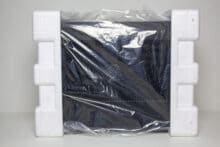

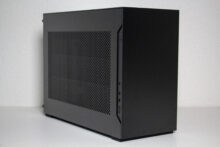


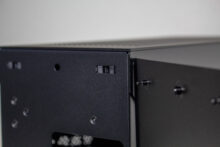


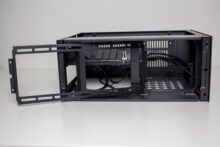
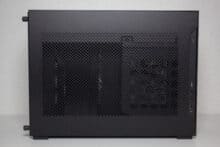

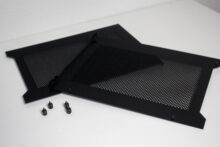
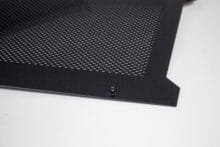

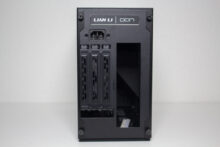

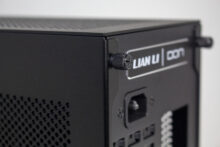
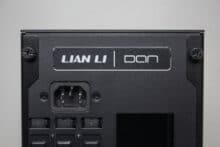

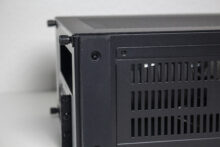

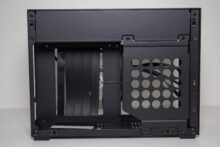
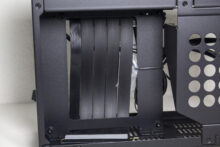
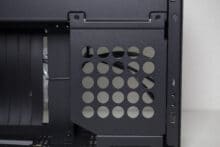
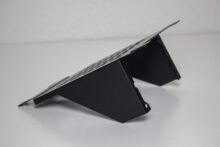
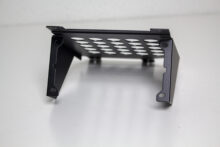

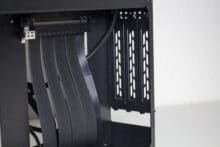
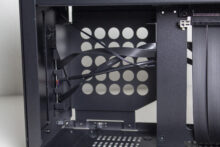


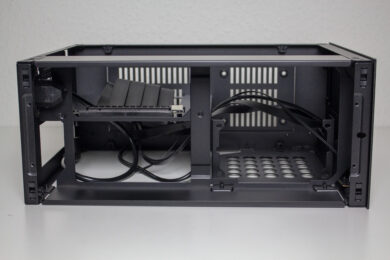
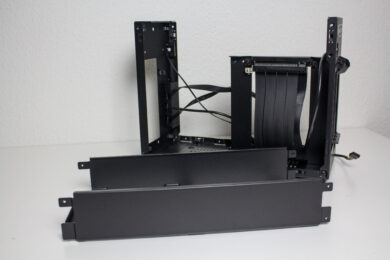
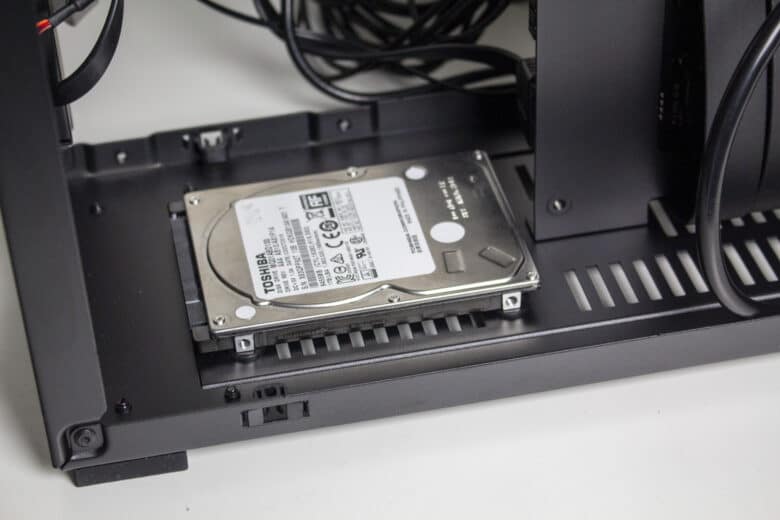

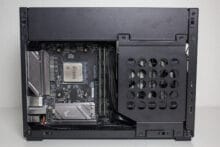


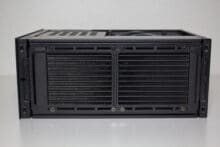



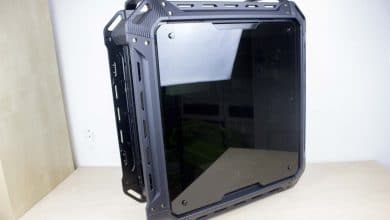
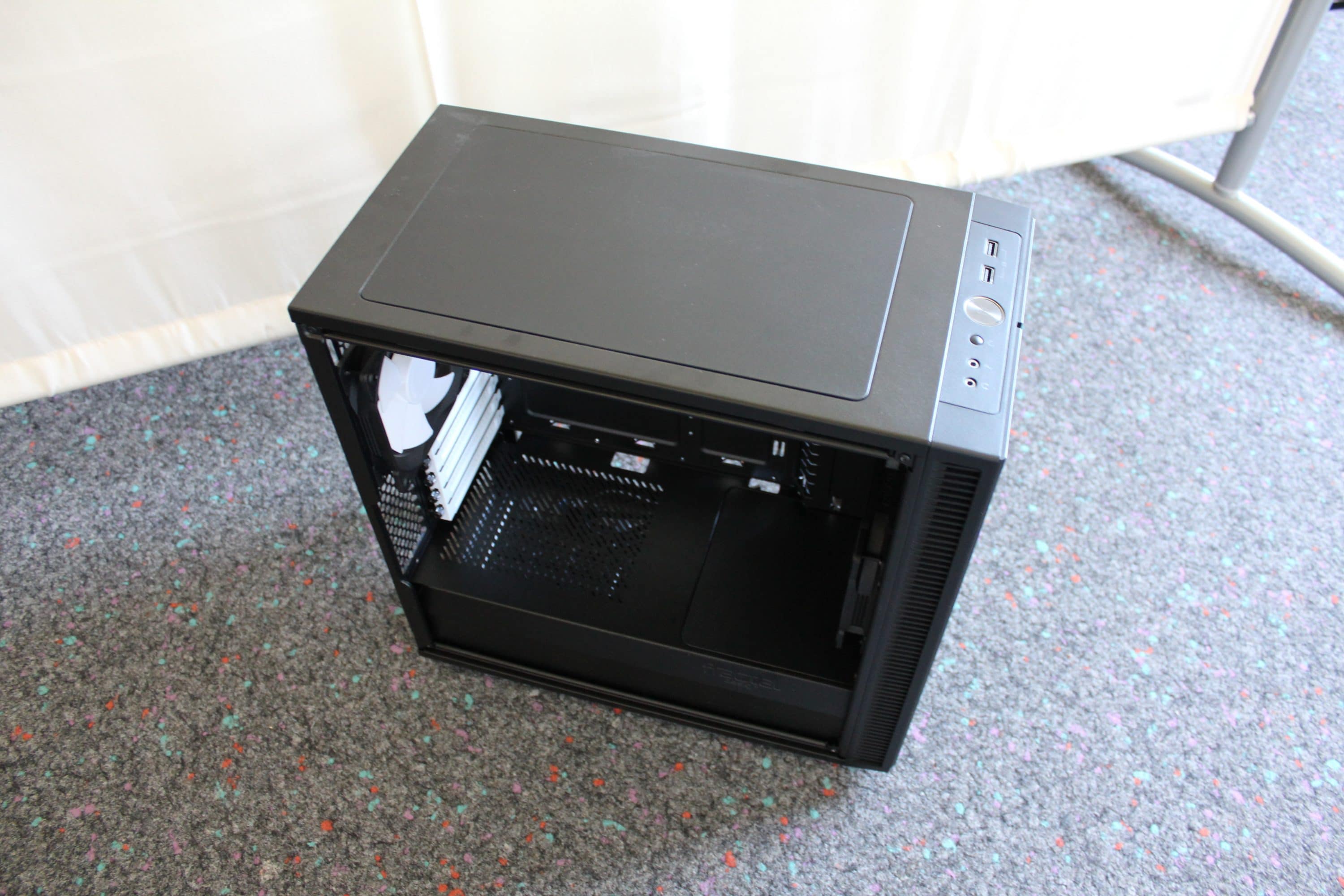
No replies yet
Neue Antworten laden...
Gehört zum Inventar
Beteilige dich an der Diskussion in der Basic Tutorials Community →